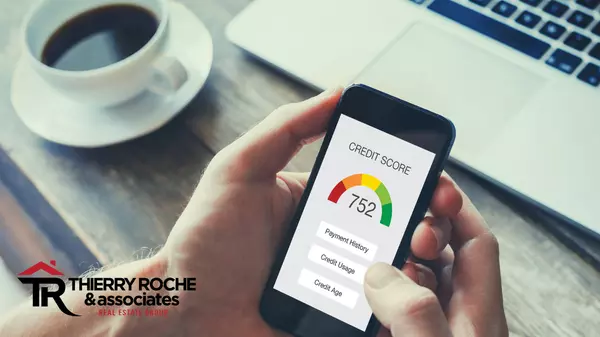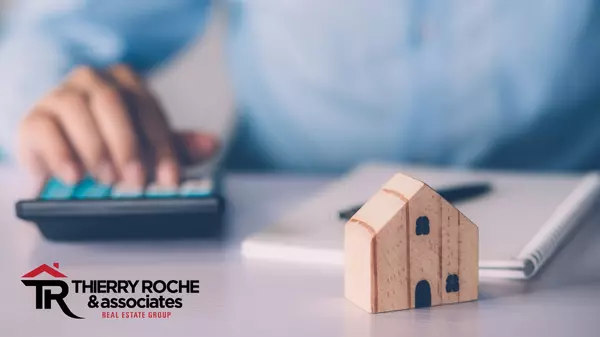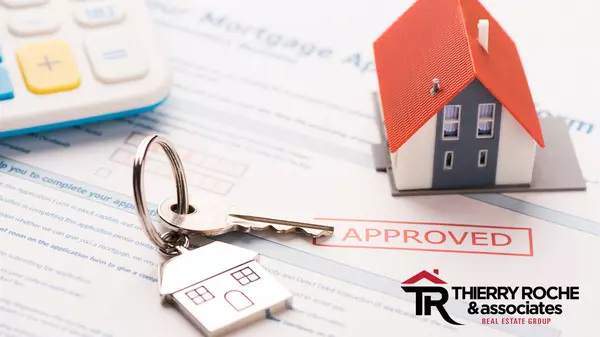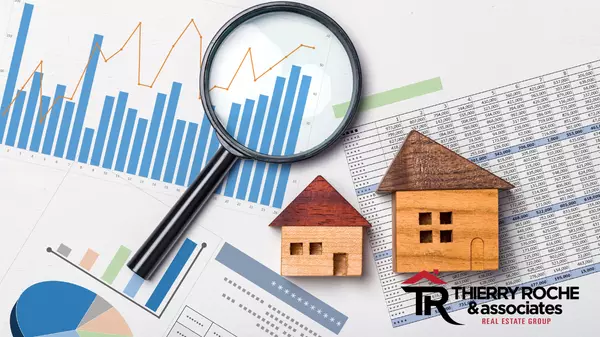Temporary Buydowns: What Happens to Unused Funds If You Sell or Refinance Early?

Temporary Buydowns: What Happens to Unused Funds If You Sell or Refinance Early?
Buying a home in today’s market often means navigating higher interest rates. One strategy that’s gained popularity is the temporary buydown — a financing tool that eases you into homeownership with lower monthly payments during the first few years of your loan.
But what happens if you sell or refinance before the buydown period ends? Let’s break it down.
What Is a Temporary Buydown?
A temporary buydown is essentially a short-term interest rate reduction funded upfront. It allows you to enjoy smaller monthly payments for the first one to three years of your mortgage, giving you financial breathing room as you settle into your home.
Here’s how it works:
-
The lender sets aside a lump sum — usually provided by the seller, builder, or occasionally the buyer — into an escrow account.
-
Each month, that account covers the difference between the reduced “buydown” payment and the full mortgage payment due at your note rate.
For example, in a 2-1 buydown:
-
Year 1: Your payments are calculated as if your rate were 2% lower.
-
Year 2: Payments reflect a 1% lower rate.
-
Year 3+: Payments revert to your full note rate.
The lender always receives the full payment; the buydown fund simply bridges the gap.
What If You Sell or Refinance Before the Buydown Ends?
Here’s the part many buyers don’t realize — you don’t lose the unused funds.
If you sell your home or refinance before the buydown period is over, the remaining balance in that escrow account is credited back to you at closing. Since the money was set aside to reduce your payments (whether it came from you, the seller, or the builder), it rightfully returns to you once it’s no longer needed.
It’s always smart to review the specifics with your lender or servicer, but most buydown agreements include this refund provision.
Why a Temporary Buydown Can Be a Smart Move
-
Immediate savings: Lower initial payments make homeownership more affordable from day one.
-
Flexibility: If you sell or refinance, you still benefit — unused funds come back.
-
Peace of mind: You gain financial breathing room while adjusting to your new mortgage.
The Bottom Line
A temporary buydown isn’t just a short-term relief strategy. It’s a flexible financing tool that protects you whether you stay put or change plans. If you refinance or sell before the buydown expires, the unused funds are typically credited back at closing — keeping more money in your pocket.
When used strategically, a buydown can help you manage today’s higher rates with confidence and control.
Categories
Recent Posts









